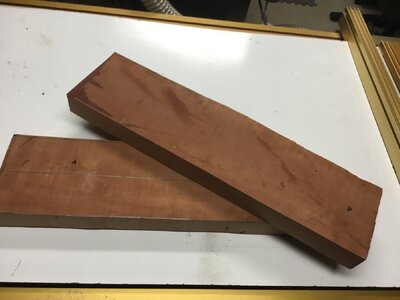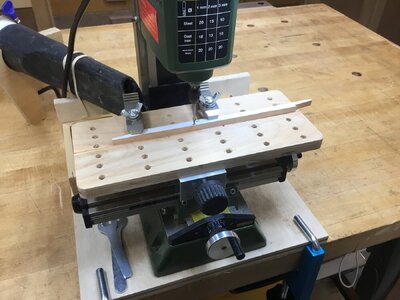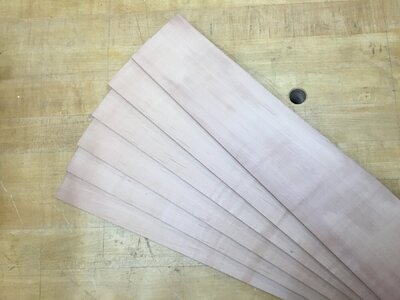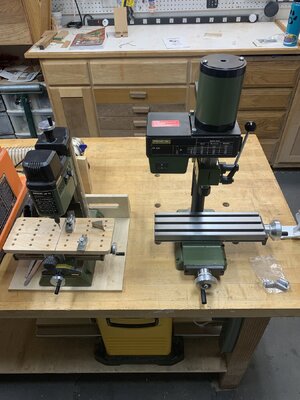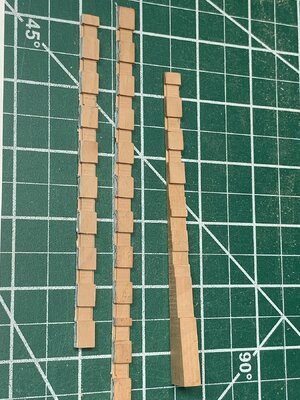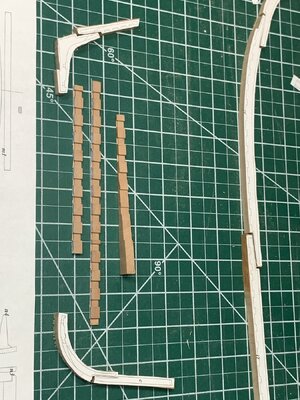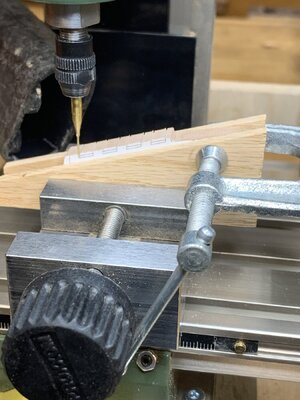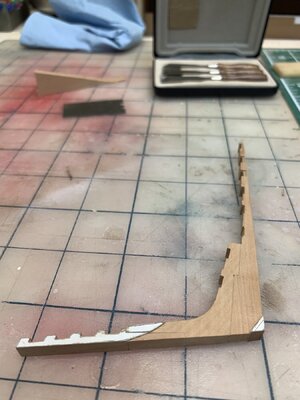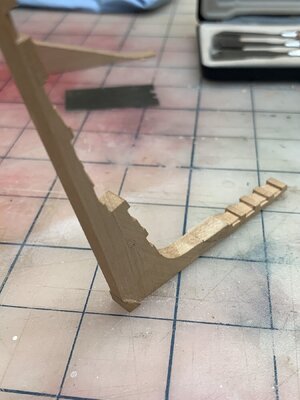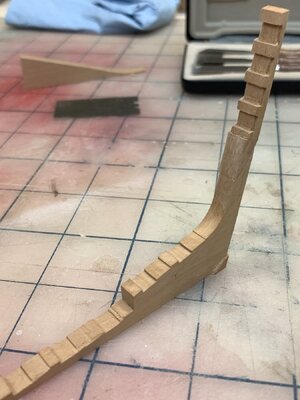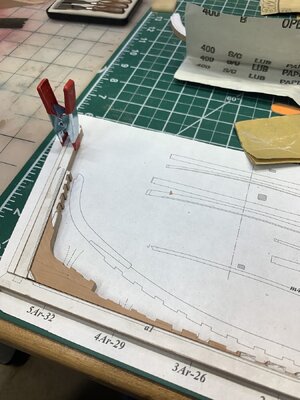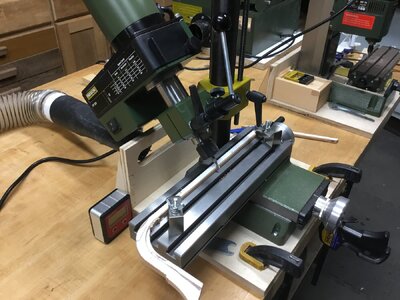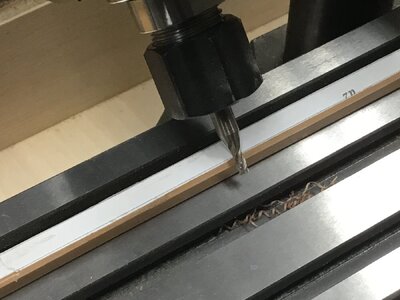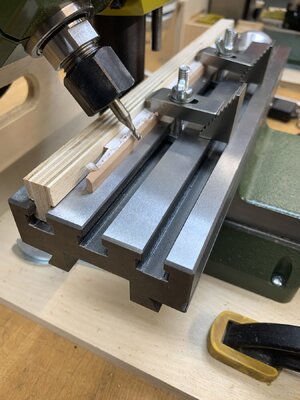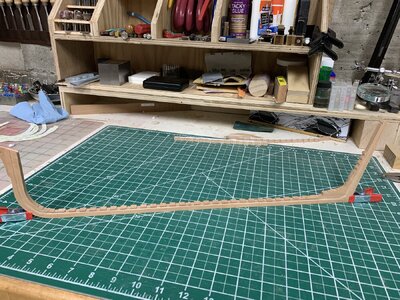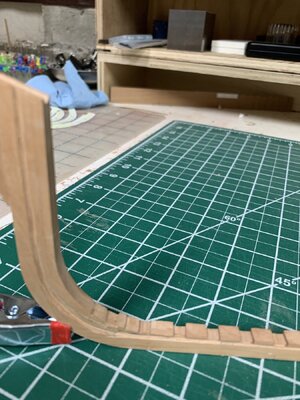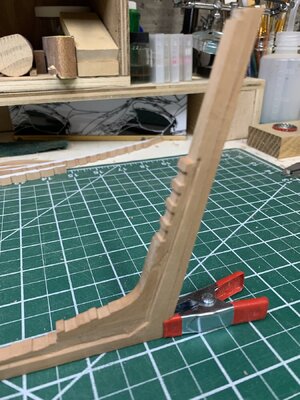After a few weeks of thinking and looking at the work completed, I’ve come to the hard decision of starting over on this project. I spent most of my adult work life as an engineer and project manager and the most important axiom (or rule) was always, “If the foundation isn’t level, square and plumb your structure will always be crooked.” I learned a boatload in getting this far but my skeleton is simply not level, square and plumb. I keep fighting to get things true, straight and square without success. So (deep breath) let’s start fresh.
One of the most important things I’ve learned is that there is no room to be off by even a millimeter as the deviation compounds very quickly at this small scale.
Therefore, a new beginning…
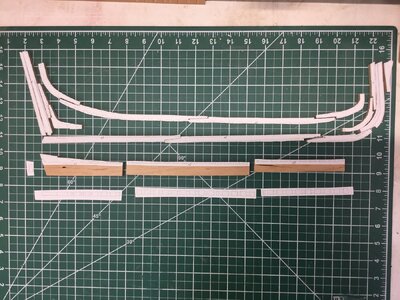
One of the most important things I’ve learned is that there is no room to be off by even a millimeter as the deviation compounds very quickly at this small scale.
Therefore, a new beginning…

Last edited:






